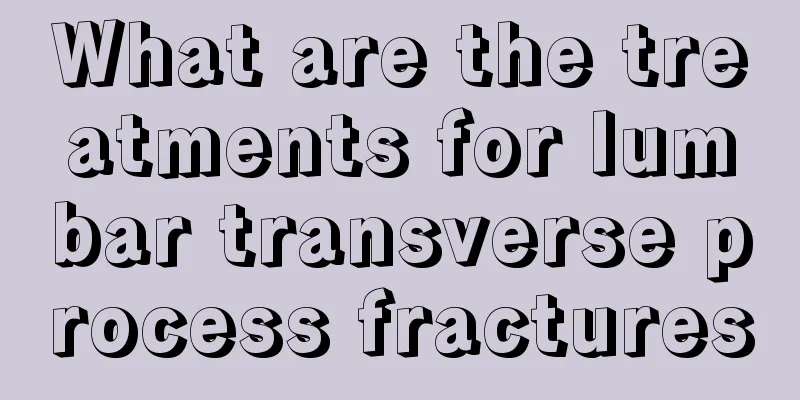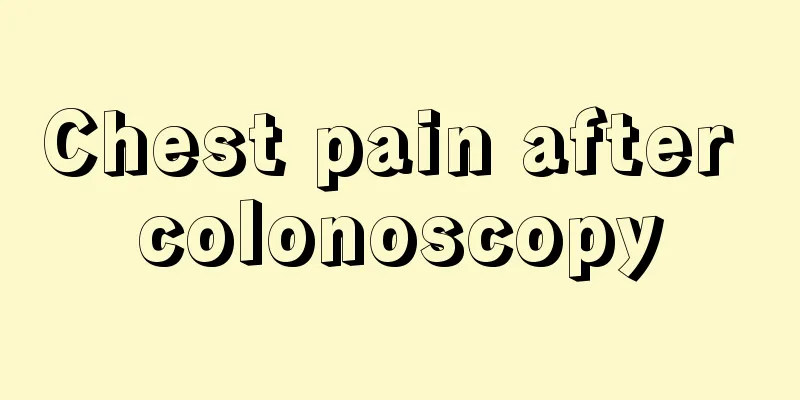What are the treatments for lumbar transverse process fractures

|
The treatment of lumbar transverse process fracture is something that patients should pay attention to. If it is more serious, the fracture site must be fixed. The fixation time should be at least two or three months to avoid displacement. Attention should be paid to care and nutritional supplements in daily life. 1. Those whose vertebral compression is less than 1/5, or those who are old and weak and cannot tolerate reduction and fixation, can lie on their backs on a hard bed, put a thick pillow on the fracture site to hyperextend the spine, and ask the injured to start waist and back muscle exercises after 3 days. At the beginning, move the buttocks left and right, then do back extension movements to lift the buttocks off the bed. As the back muscle strength increases, the height of the buttocks off the bed increases day by day. After 3 months, the fracture will be basically healed. Within the third month, the injured can get up and move around a little, but still mainly rest in bed. After 3 months, gradually increase the time of getting up and moving around. 2. After the plaster is dry, encourage the injured to get up and move around. The fixation period is about 3 months. During the fixation period, insist on doing back muscle exercises every day and increase the exercise time day by day. The double ankle suspension method can also be used. After local anesthesia, the injured person is moved to one end of the operating table with his neck on the edge of the table. The injured person lies prone and holds the backrest of a chair with both hands. There is a pad on the backrest. The injured person's forehead is supported on the pad, and cotton pads are wrapped around the ankle joints. Then, traction belts are put on the ankles, and the pulley device is used to gradually raise the lower limbs until the pelvis is about 10 cm away from the table. By relying on the suspended abdomen and longitudinal traction through the lower limbs, the spine can be hyperextended, the kyphosis can disappear, and the vertebral bodies compressed into a wedge shape can be repositioned. The reduction technique is the same as the two-table method. After reduction, a plaster vest is placed at this position. The plastering method, fixing time and tonnage time are approximately the same as before. 3. Treatment of burst fractures: For patients with burst fractures who have no neurological symptoms and whose CT scans confirm that there is no bone fragment squeezed into the spinal canal, double ankle suspension can be used for reduction, because of its large longitudinal traction and relatively safe, but caution is required. For patients with neurological symptoms and fracture fragments squeezed into the spinal canal, reduction is not suitable. For such patients, the protruding fracture fragments and intervertebral disc tissue in the spinal canal should be removed through the lateral anterior approach, and then intervertebral bone grafting and fusion should be performed. If necessary, anterior internal fixation devices can be inserted. If the posterior column is injured, posterior internal fixation is also required if necessary. 4. Chance fractures, flexion-traction injuries, and mobile fracture-dislocation of the spine all require anterior-posterior reduction and internal fixation. |
<<: How to solve knee pain caused by lumbar disc herniation
>>: What should I do if I have a bone spur
Recommend
What is the nutritional value of oranges? What nutrients do oranges provide?
Orange is a fruit of the genus Citrus in the Ruta...
Are there any breast enhancement products?
Breast enhancement is of great concern to every f...
Things to note when exercising during the recovery period of esophageal cancer
Esophageal cancer is a very common tumor disease....
Why does it hurt where the neck and head connect?
Everyone knows that the neck connects the head an...
Medicine to prevent mosquito bites
Summer is the season when mosquitoes reproduce th...
Contraceptive pills can effectively prevent endometrial cancer
Research shows that birth control pills can effec...
Why can't I drink water due to thyroid cancer?
Thyroid cancer is a malignant tumor originating f...
The 9 best teas for kidney nourishment, replenishing kidney qi, improving skin quality and resisting aging.
China has a tea culture that has existed for thou...
How to cure nasal congestion_Methods to relieve nasal congestion
Nasal congestion is a complication of many diseas...
Does sea cucumber contain high iodine? What are the foods with the highest iodine content?
The iodine content in sea cucumbers is very low, ...
What does urinary stones look like
Urinary stones are a disease that the human body ...
What are the types of eyebrow shapes?
Human eyebrows are the most prominent part of the...
Is surgery necessary for advanced bile duct cancer?
Is it necessary to have surgery in the late stage...
How to treat anal sinusitis
Anal sinusitis, also known as anal cryptitis, is ...
What to do with mouth corner ulcers and how to treat them
Many of our friends may be disgusted with ulcers ...









